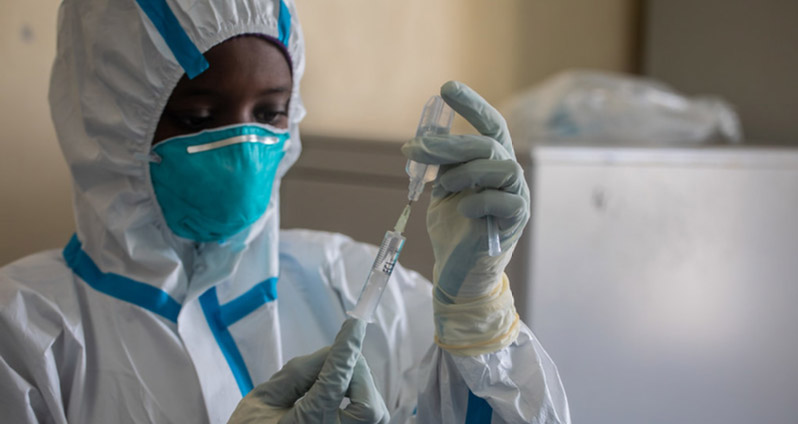
11 June 2020 - Global research on COVID-19 continues to be conducted, including how the severe acute respiratory syndrome coronavirus 2 (SARS-CoV-2) is transmitted. Current evidence suggests that most transmission occurs from symptomatic people through close contact with others. Accordingly, most recommendations by WHO on personal protective measures (such as use of masks and physical distancing) are based on controlling transmission from symptomatic patients, including patients with mild symptoms who are not easy to identify early on.
Available evidence from contact tracing reported by countries suggests that asymptomatically infected individuals are much less likely to transmit the virus than those who develop symptoms. A subset of studies and data shared by some countries on detailed cluster investigations and contact tracing activities have reported that transmission by asymptomatically-infected individuals are much less likely to transmit the virus than those who develop symptoms.
Comprehensive studies on transmission from asymptomatic patients are difficult to conduct, as they require testing of large population cohorts and more data are needed to better understand and quantified the transmissibility of SARS-CoV-2. WHO is working with countries around the world, and global researchers, to gain better evidence-based understanding of the disease as a whole, including the role of asymptomatic patients in the transmission of the virus.


